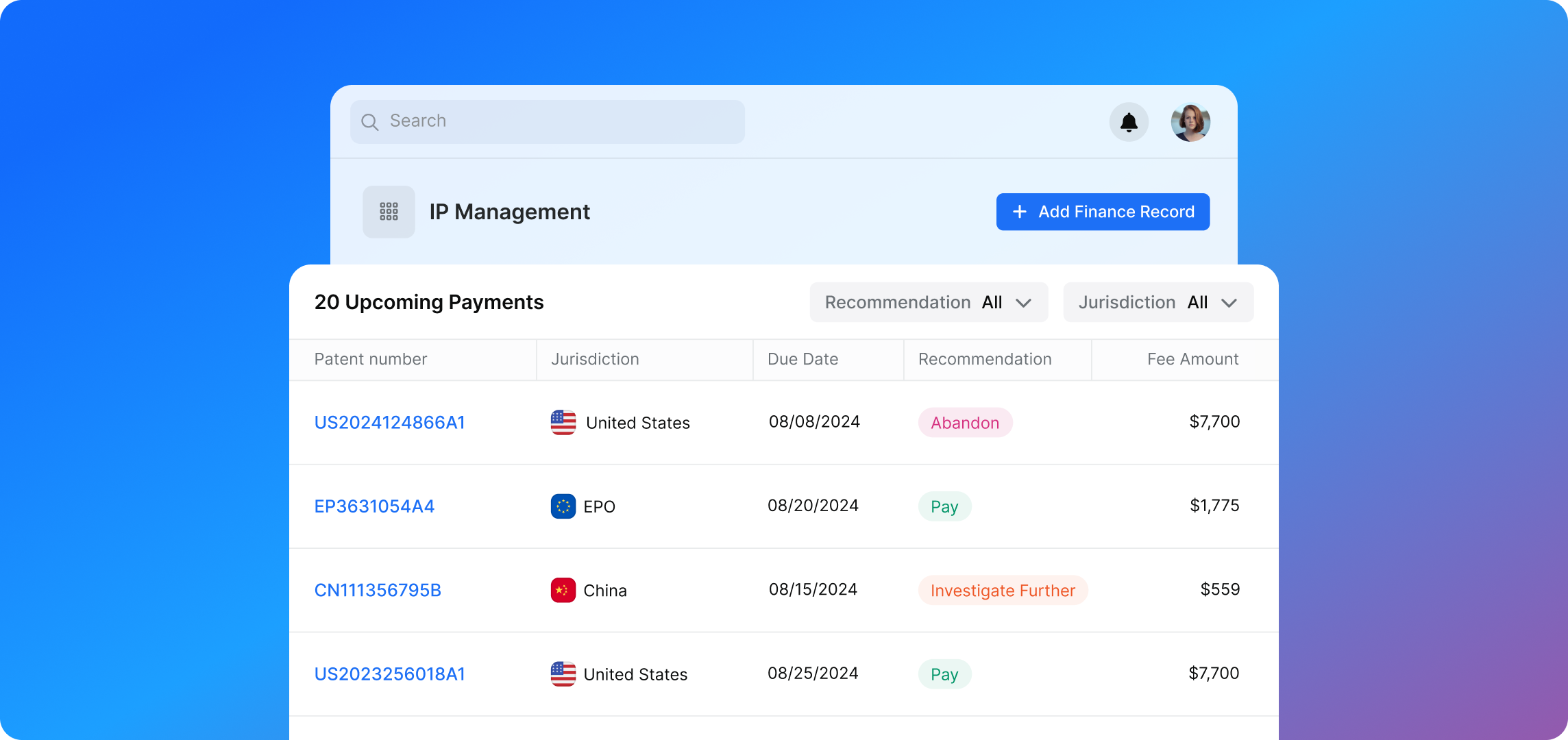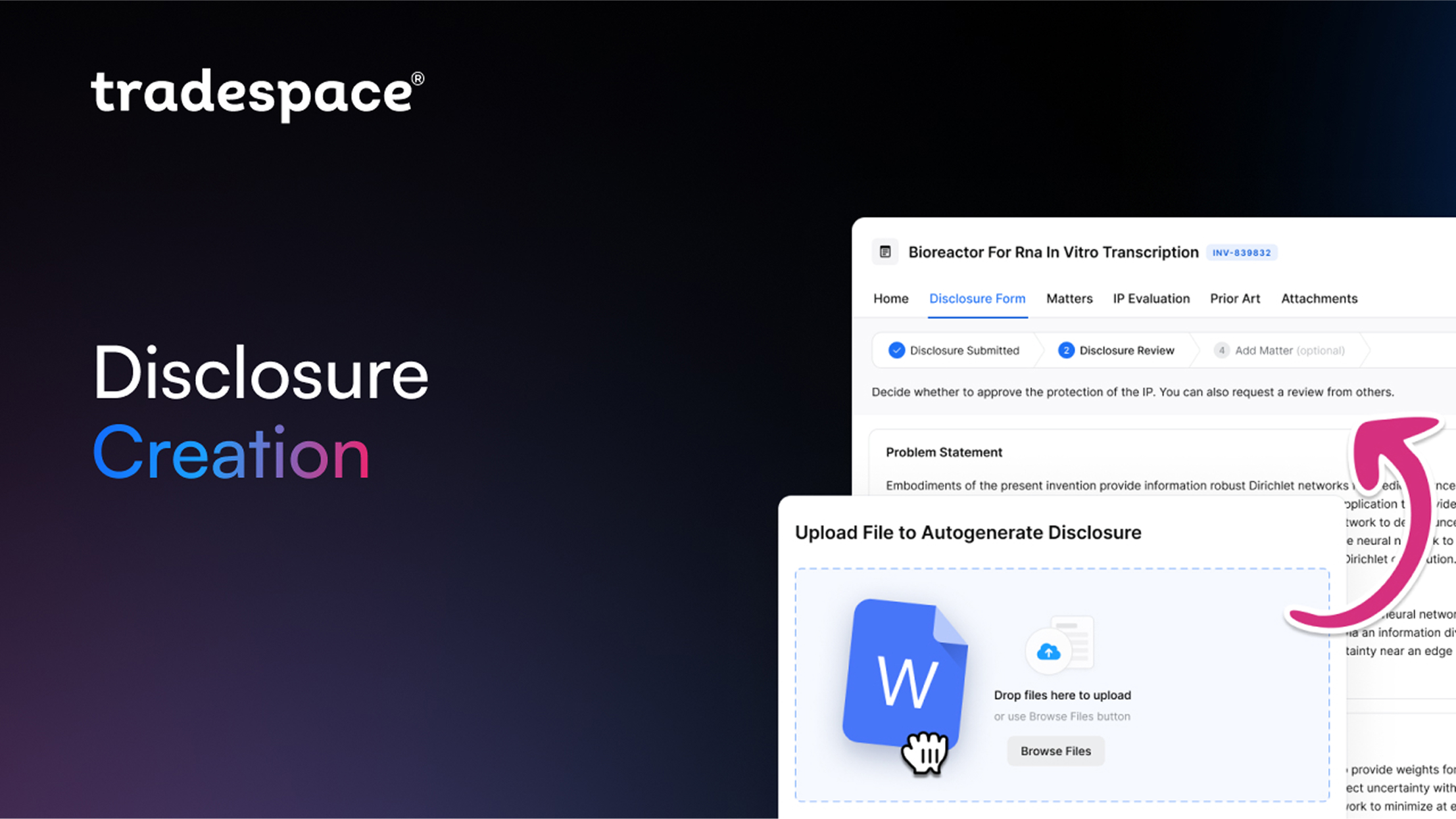Transform your patent disclosure process to capture more innovation
How AI-powered patent disclosure helps IP teams collect better inventions faster

Most IP teams struggle with a fundamental challenge: inventors aren't submitting enough patent disclosures, and the ones they do receive often lack the quality needed for confident filing decisions. Traditional patent disclosure processes create barriers that prevent valuable innovations from ever reaching IP teams, while resource constrained departments struggle to evaluate submissions thoroughly. AI addresses these persistent challenges by streamlining research and administration, freeing up time for strategic decision making, and providing better information — enabling IP teams to capture more inventions and make more informed strategic decisions.
The challenge of building effective patent disclosure processes
Why inventors avoid patent disclosure submission
The traditional patent disclosure process inadvertently discourages participation through cumbersome forms and lengthy evaluation timelines. Most patent disclosure forms ask inventors to structure their ideas using IP language rather than their natural communication style, requiring several hours to complete what feels like a chore. When inventors face 80 hour work weeks, they simply won’t invest precious time in complex disclosure forms that may never receive feedback.
Research shows that only one-third of engineers submit ideas for patenting, with 51% citing being “too busy” as the primary barrier to patent disclosure participation. Additionally, inventors often underestimate their own innovations due to the “curse of knowledge” — what seems routine to a highly skilled PhD represents a genuine breakthrough to others. This disconnect between inventor perception and patent value means that many valuable innovations never enter the patent disclosure pipeline.

The quality versus quantity challenge in patent disclosure
The quality versus quantity challenge in patent disclosure
IP teams face a critical balancing act in their patent disclosure programs: while most organizations receive too few disclosures, simply increasing volume without maintaining quality creates new problems, as poor quality submissions lack sufficient technical detail for confident filing decisions and create backlogs that discourage future participation. Effective patent disclosure programs require both adequate content and clarity, but demanding high quality disclosures often reduces submission volume since inventors avoid processes they perceive as too demanding or time intensive.










